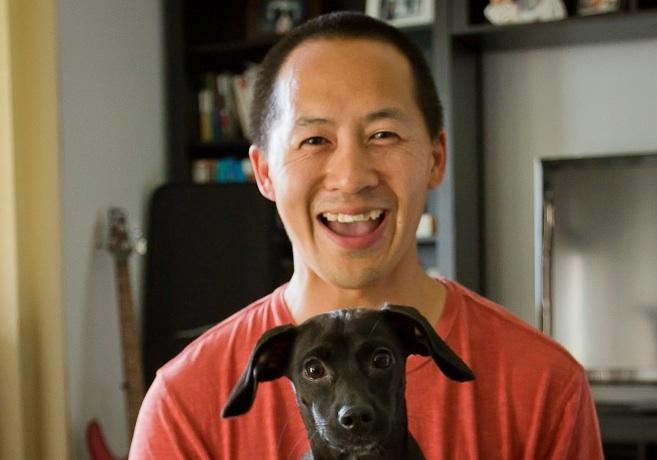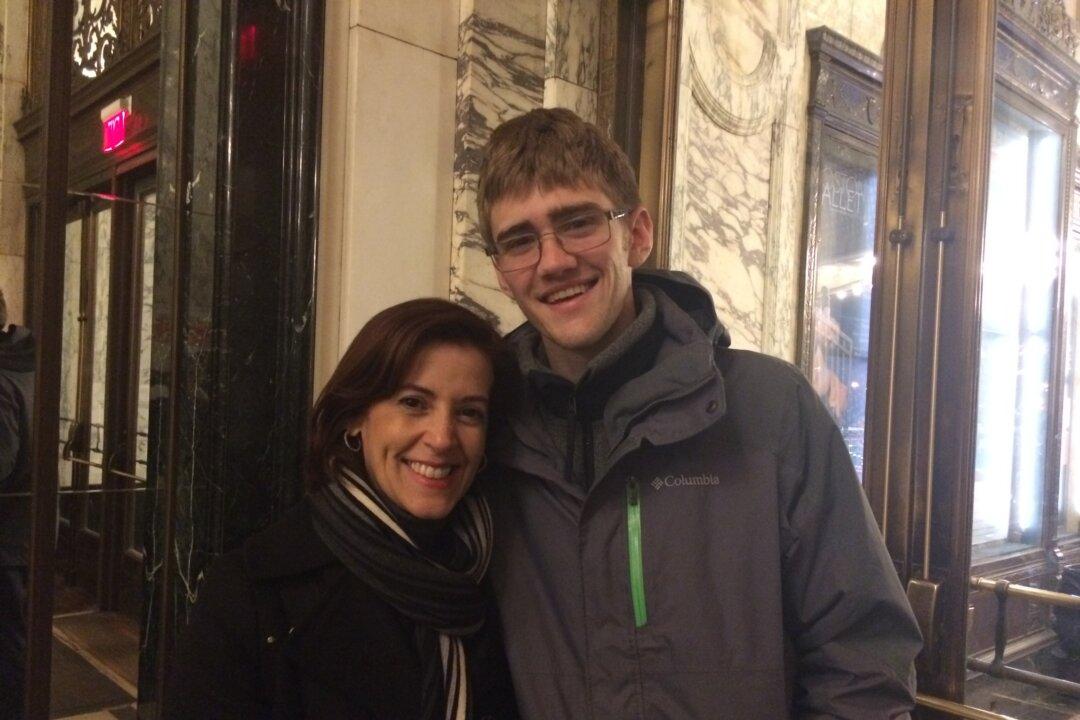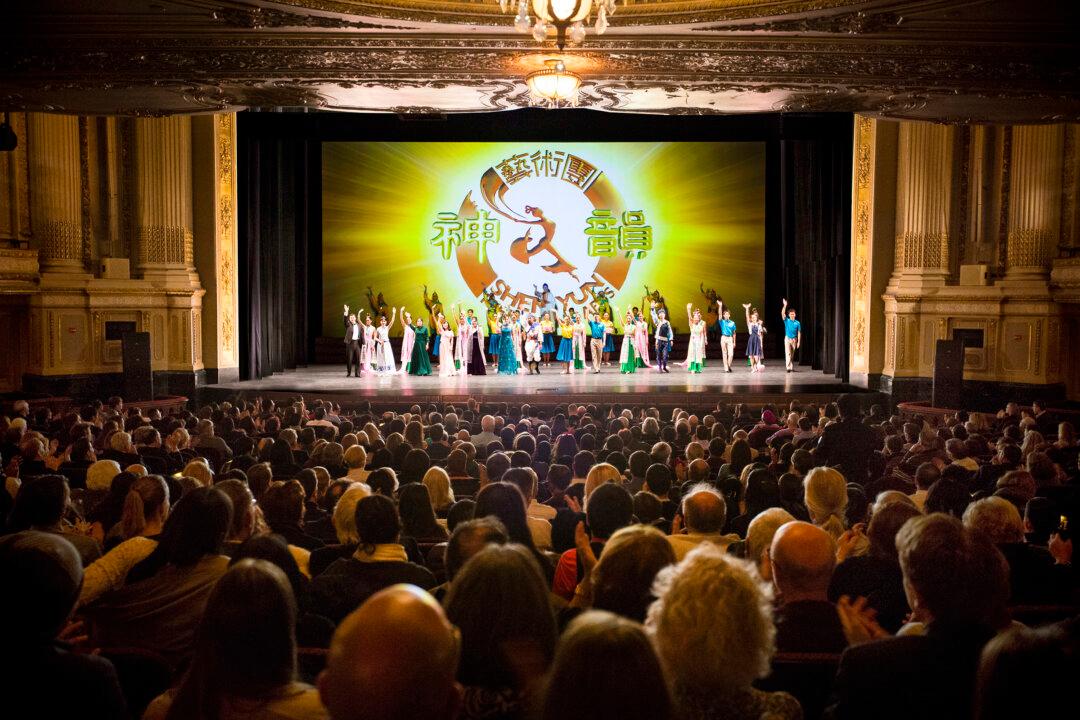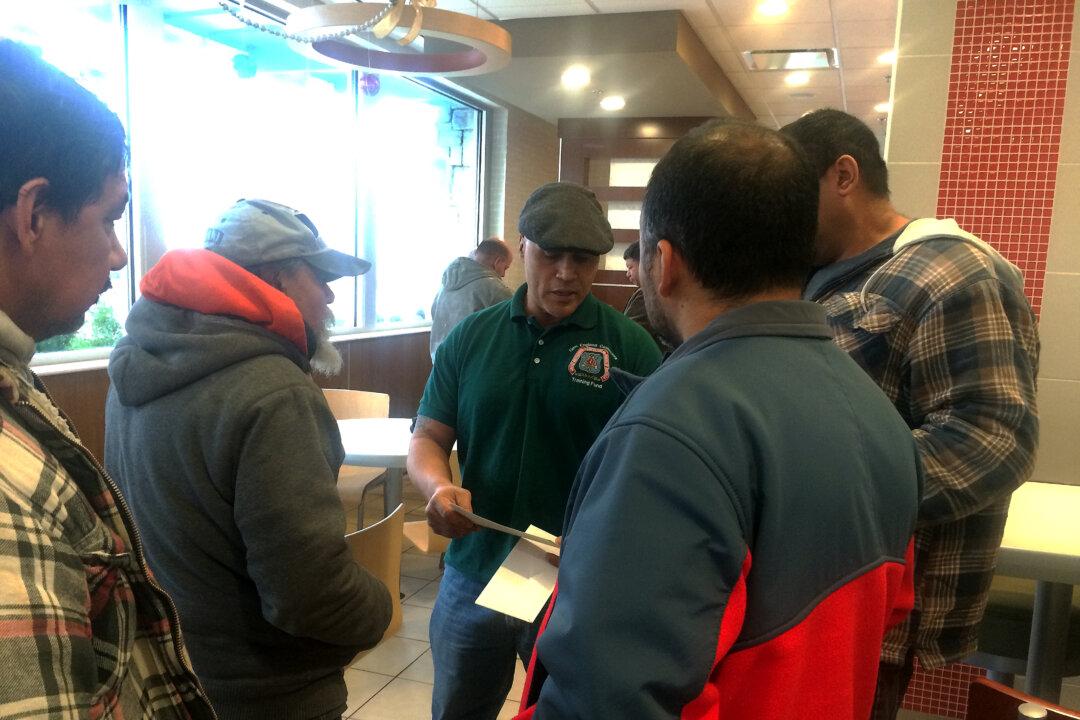How to Train a Dog: Tricks of the trade from New York City’s top rated dog trainers.
New Yorkers love their dogs, but life in any major metropolis offers up some serious challenges to dog owners. In this series The Epoch Times interviewed six of New York City’s top rated dog trainers to find out how to train a dog for happy city living.
Each of these certified trainers has a unique approach. Some are near celebrities in their field, and others just broke out on their own, but all have great advice and long line of satisfied customers behind them. Check out the whole How to Train a Dog series here.
Ferdie Yau -- Sits and Wiggles Dog Training
“Most owners will do anything to keep their dog safe. The dog needs to understand that,” says Ferdie Yau, owner of Sits and Wiggles dog training.
Yau has been training dogs since 2007, but before that he trained sea lions and polar bears at the Central Park Zoo. A student of conservation biology, Yau has studied animals large and small, from Jaguars in Belize to herring in the Bronx river.
Yau is a real believer in reward-based training. “I realized that if you can train sea lions with this reward based approach then you don’t need the older, force-based techniques to train dogs,” Yau says.
In fact, much of the theory behind positive reinforcement dog training grew out of work training marine mammals, according to Andrea Arden, another NYC dog trainer interviewed for this series.
Yau knows this first hand.
“You can train all types of species with the same methods. You reinforce the behavior you want and ignore the behavior you don’t want. Animals don’t waste time practicing behaviors that they get no benefit from so, over time, those behaviors will disappear,” Yau says.
Yau likes to hit the streets with a new client and a pocket-full of chicken to offer as a reward when the dog encounters something scary.
According to Yau, many aggressive behaviors are actually rooted in fear. As an owner, if you can make your dog feel safe and offer a positive reward when your dog experiences fear, you can teach your dog not to be afraid of his environment.
Another way that owners can help their dogs feel safe is to let the dog know that you are in control.
“Really show your dogs that you are the leader, you control all the good things in their lives. You give them food and treats, a warm home, and toys, you open up doors so they can go outside for walks,” says Yau.
According to Yau, the best way to teach your dog that you are in control is to have them “ask” before they get any of these good things: “Have them sit, and make eye contact before they get the reward; before you open the door for a walk or before you put the food bowl down.”
Dog walker Zipora Lipchik, owner of My Alpha Dog walking services, encourages owners to put the necessary time and effort into training their dogs well. “Some people will bring the dog to a trainer for just a couple months and then stop. Then he will be just as bad as an untrained dog,” Lipchik says.
This is especially important for New Yorkers because they are likely to need their dogs to play well with others at doggy-day-care, or when out at the dog park. This is important for the health and happiness of your dog.
Teaching your dog that you are in control of their environment will actually make them feel safer when the environment becomes scary or overwhelming, because they are going to look to you first, and if you like Yau’s approach, you will be right there with a handful of chicken.
“Everyone wants to have a happy and confident dog,” says Yau.
Yau mostly works with clients and their dogs in their homes, but he does offer group classes at Furry Friends, a pet store in the Manhattan neighborhood of Inwood.
Yau also offers group classes and a free, drop-in, puppy play group at Yuppie Puppy in the Hell’s Kitchen neighborhood: “It is a safe environment for the puppies to play and socialize with other dogs. People can just drop in and ask questions.
Check out the whole How to Train a Dog series here.
NEXT How to Train a Dog, Part 6: Andy Replogle: NYC Dream Dogs





